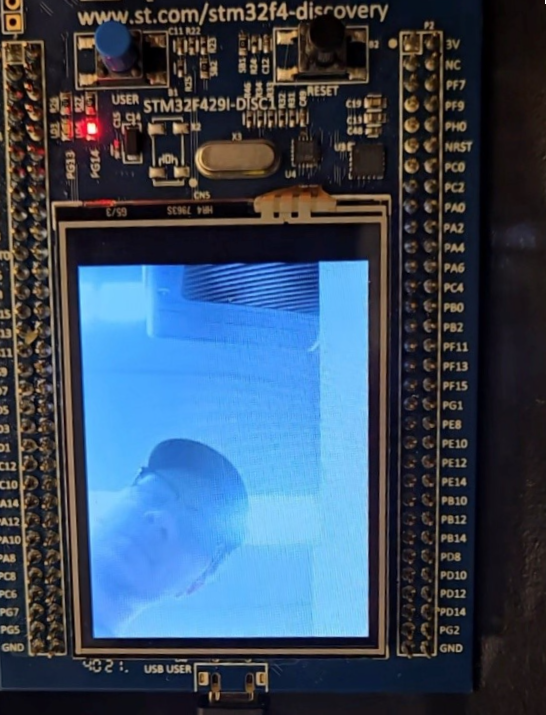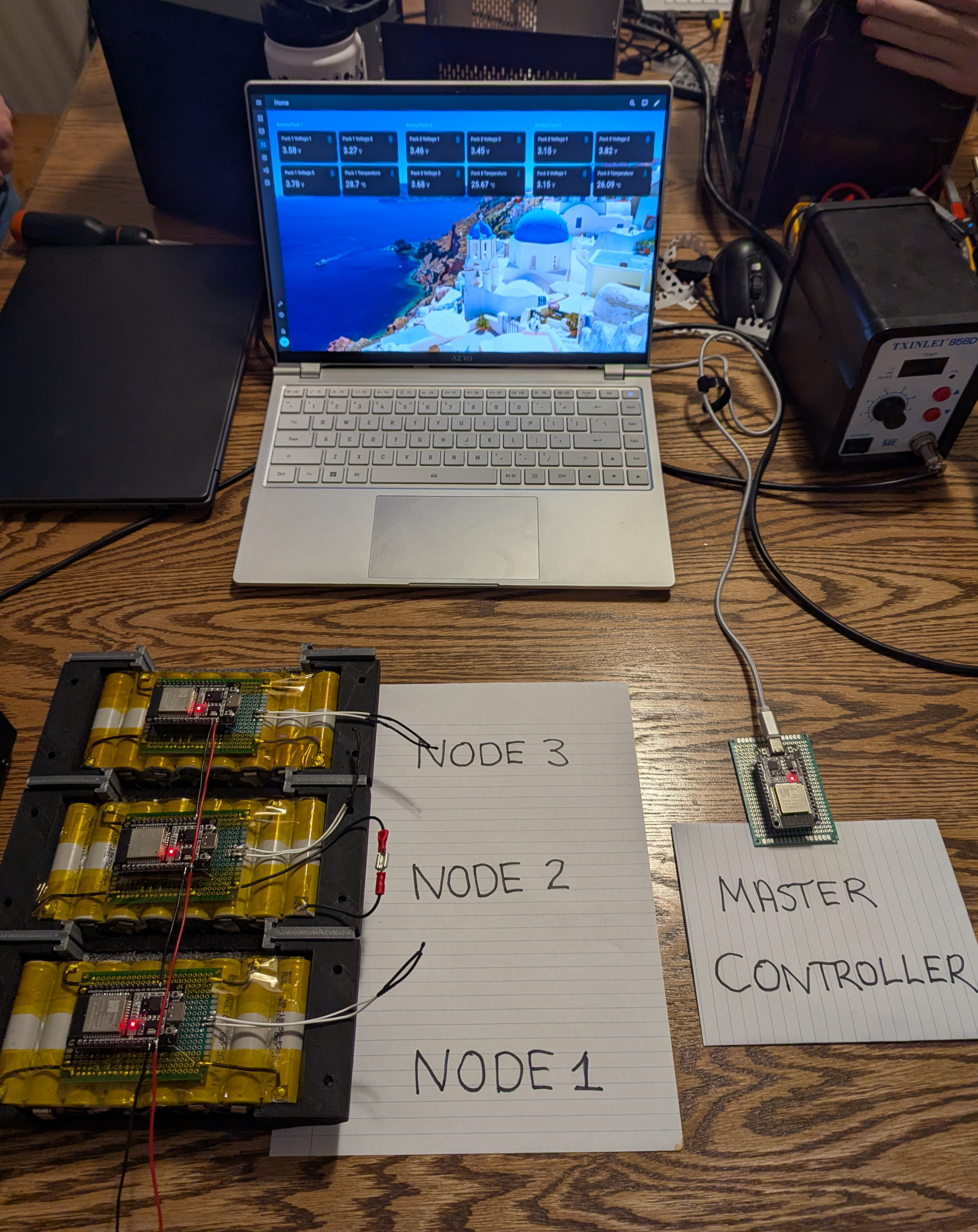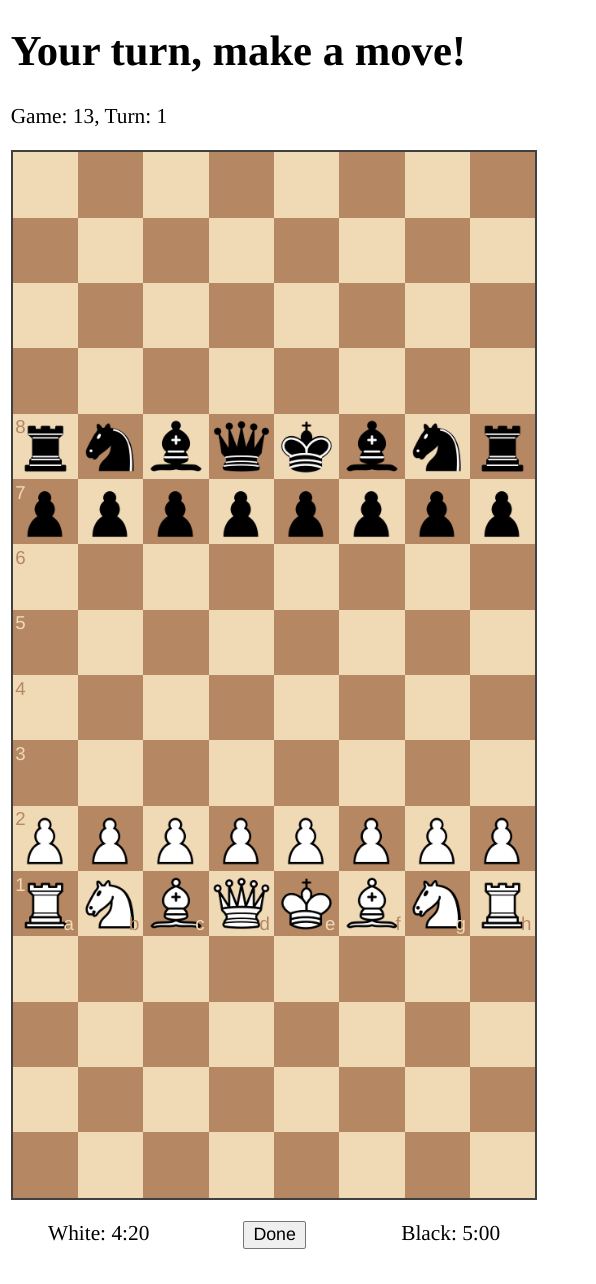Accumulator (Firmware + Flex PCBs)
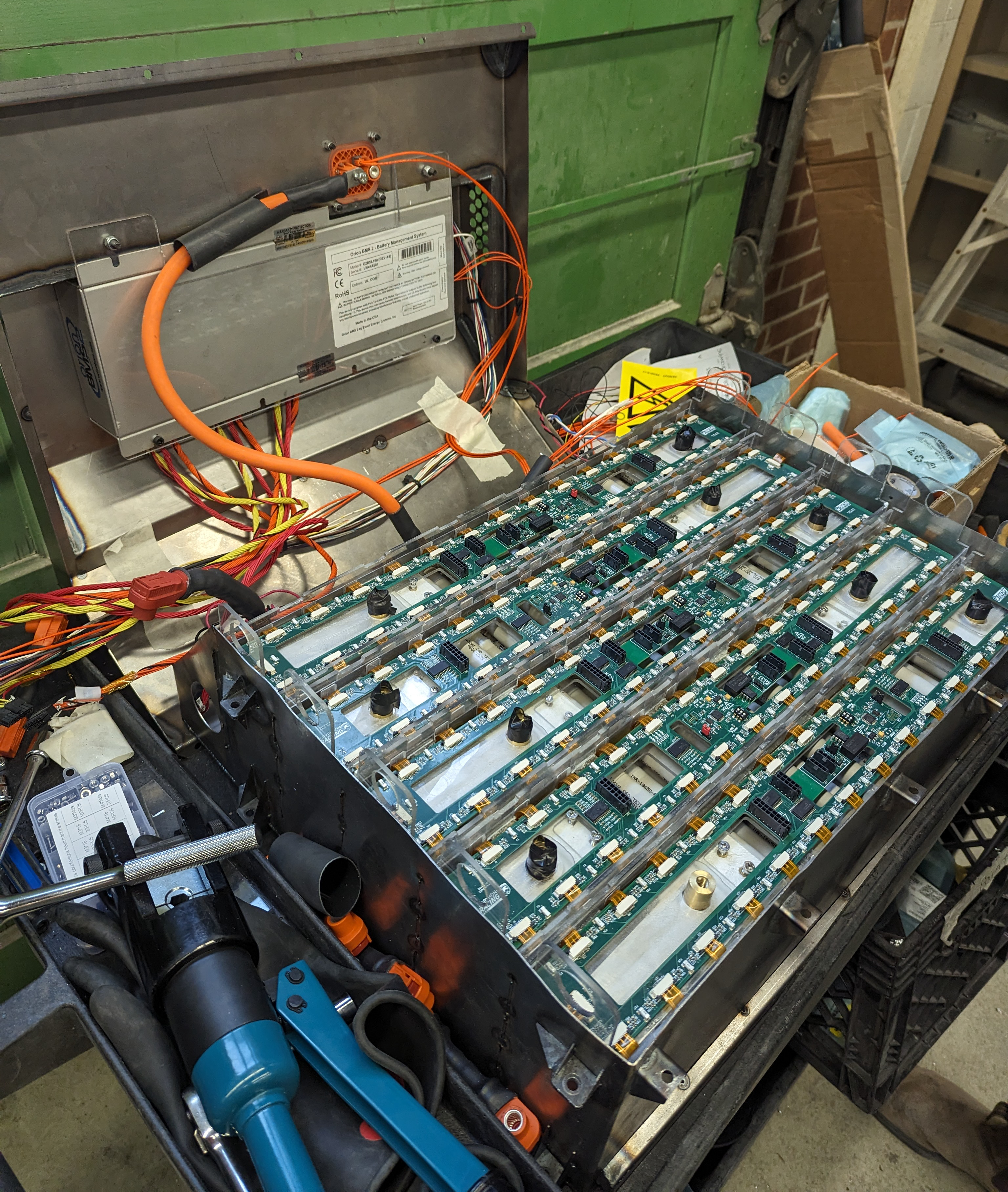
Developed firmware on the STM32F1 using STM32CubeIDE with FreeRTOS to manage five identical accumulator segments. The firmware measures thermistor values and cell voltages using flexible PCBs attached to the segments and transmits the data over a CAN bus. The system was designed to replicate the functionality of the Orion Thermistor Expansion Module, sending CAN messages compatible with the Orion BMS 2.
Key transmitted data includes:
- Segment number
- Lowest, highest, and average cell voltages
- Lowest, highest, and average cell temperatures
Designed flexible PCBs to streamline the process of integrating thermistors and voltage taps into the accumulator segments. Each PCB includes two SMD thermistors and a voltage tap, connecting to the system via an FPC connector. This design eliminates the need for hand-soldering thermistors by wire, significantly reducing assembly time and improving reliability. The PCBs enable the STM32s to measure voltages and temperatures efficiently and transmit the data over CAN.
Remote Telemetry Unit (V1)
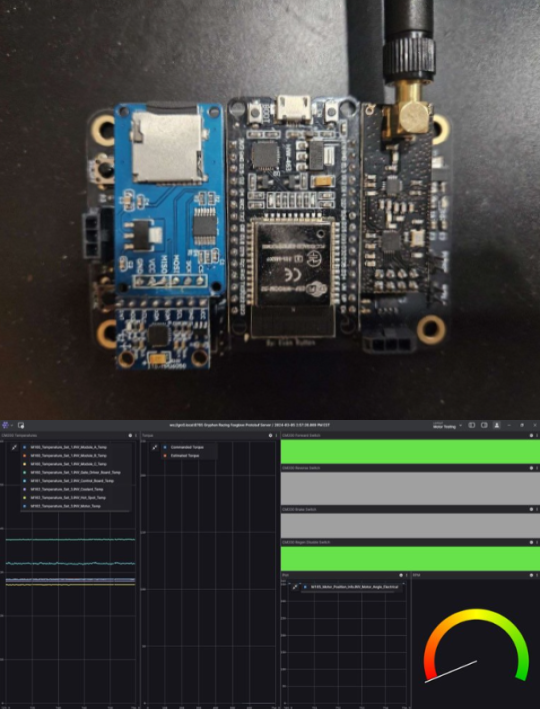
Designed and implemented a remote telemetry system to locally store and remotely visualize the car's CAN bus data.The system includes a custom transmitter and receiver setup:
- Transmitter: Developed a custom PCB housing an ESP32, NRF24 module, IMU, GPS, and SD card reader. Wrote firmware to interface the ESP32 with these components and the car's general CAN bus. The transmitter logs CAN bus data to an SD card for offline viewing in case of connection issues and uses the NRF24 module to wirelessly transmit data to the receiver.
- Receiver: Configured the receiver to interface with a computer over serial. All received data is streamed to Foxglove, a visualization platform for creating custom dashboards and data modules.
The system achieved a data rate of 1 Mbps with a wireless range of up to 1 km, providing reliable real-time telemetry and a fallback for offline data analysis.
Dashboard + HUD
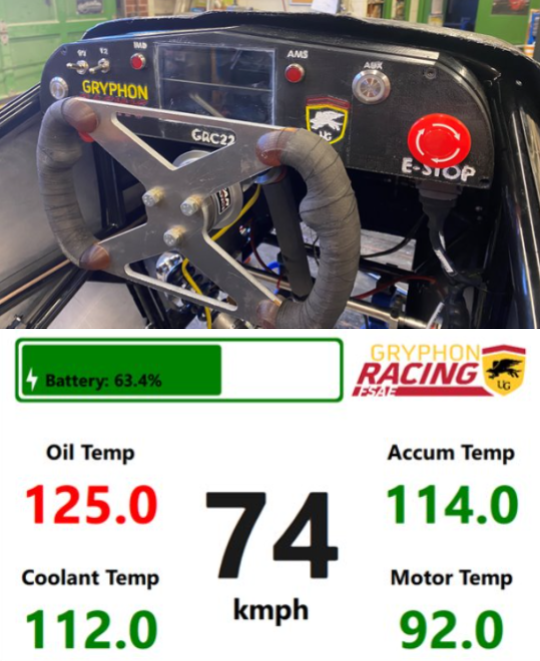
Assisted in wiring the car's dashboard, integrating the Remote Telemetry Unit and a Raspberry Pi for the HUD. The dashboard setup also included a drive button, e-stop, IMD/AMS indicator lights, and auxiliary switches. Connected the Raspberry Pi to the car's CAN bus to extract and process critical CAN messages.
Collaborated on designing a custom UI using C++ and Qt, which displayed essential real-time metrics, including:
- Speed
- Battery Level
- Accumulator, Motor, Coolant, and Oil Temperatures
This system provided a comprehensive and intuitive interface for monitoring the car's performance during operation.
ESP32-S3 DevBoard
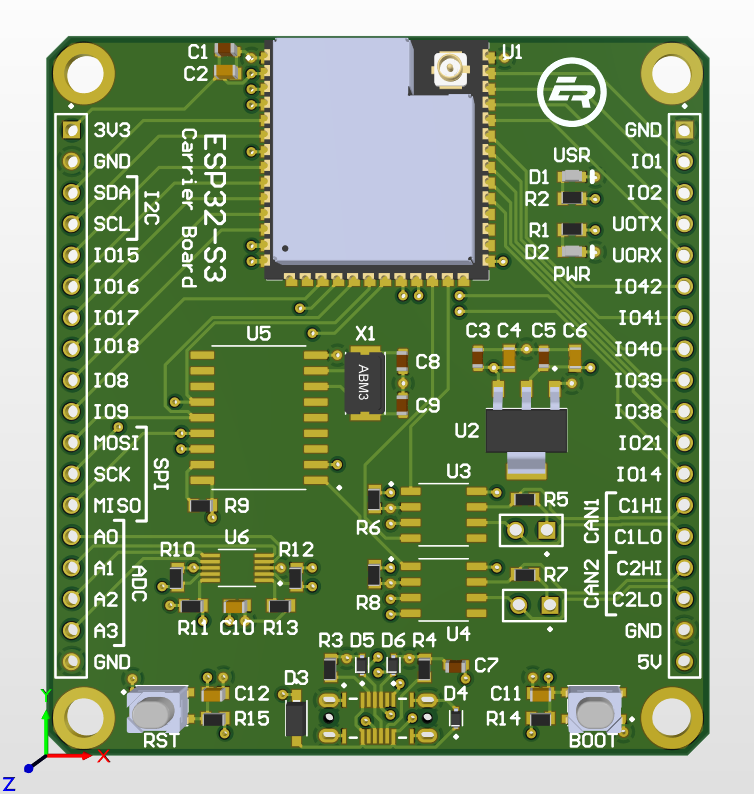
Designed and assembled multiple ESP32-S3-based development boards to serve as the foundation for all embedded systems in our 2025 car. The ESP32-S3 was chosen for its dual-core architecture, enabling multi-core OS operations. The custom boards included several enhancements tailored to our specific needs:
- ADS1115 16-bit ADC Module: Added to address the noise issues of the ESP32's built-in ADCs, enabling more accurate analog readings.
- Dual CAN Transceivers: Integrated to interface with the car's two CAN buses; one for high-priority info and another for bulk data.
- SPI-based CAN Controller: Included to support the second CAN bus, compensating for theESP32-S3's single built-in CAN controller.
- Vertical USB-C Port: Designed for easier debugging when the boards are enclosed in their housings.
These custom boards are deployed across the car’s control unit, data collection module, and remote telemetry unit, providing a robust and flexible platform for vehicle operations and data management.
